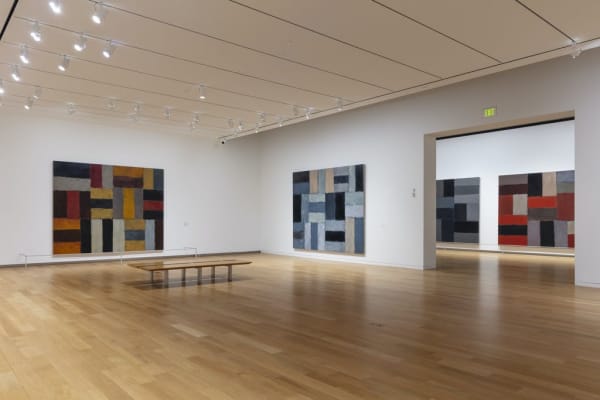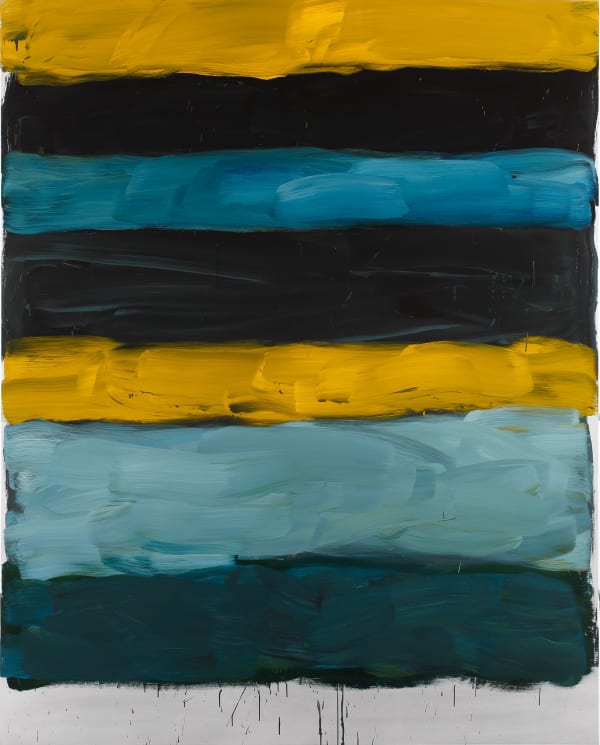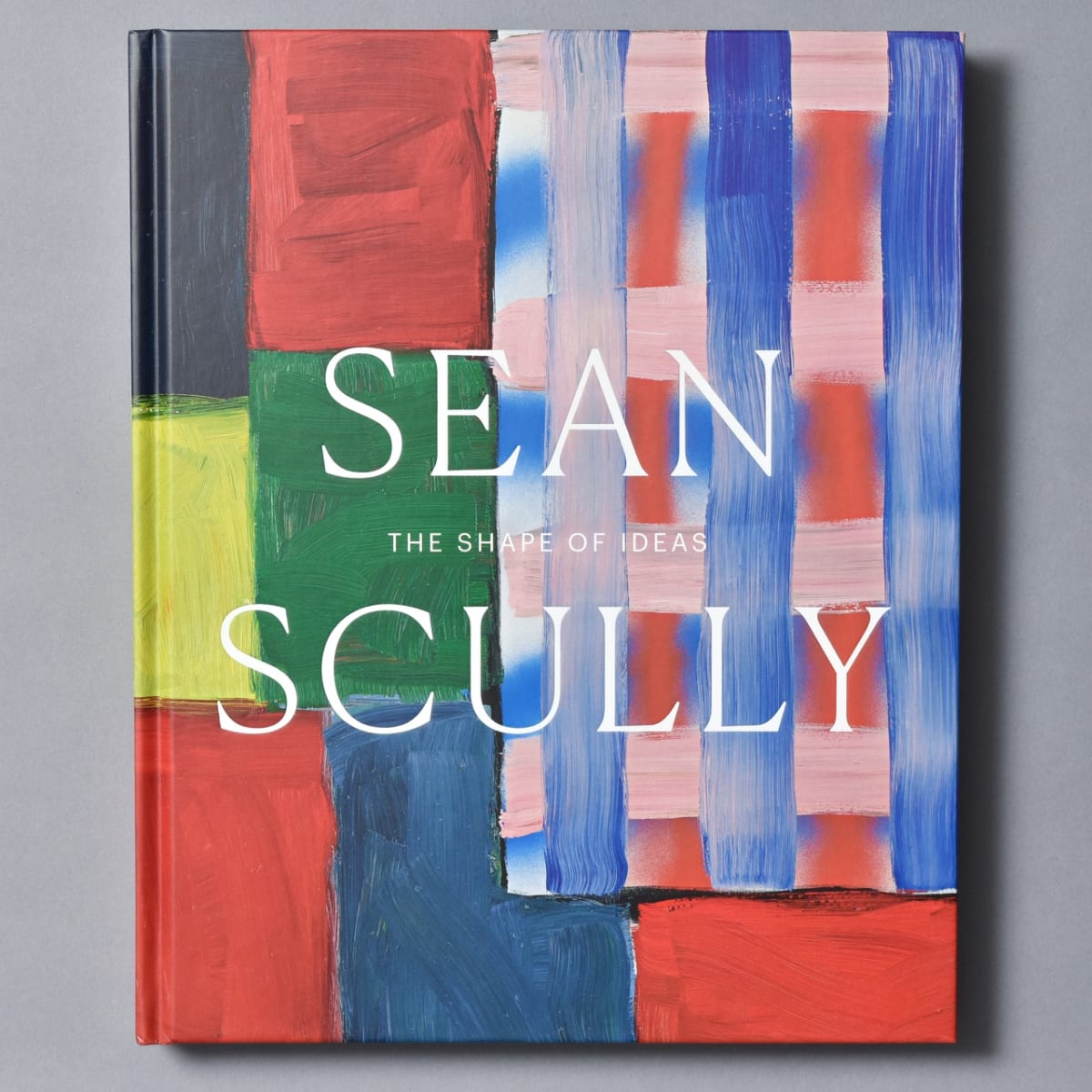Sean Scully b. 1945
One of the most important painters of his generation, Sean Scully re-imagines the history of abstraction as an art rooted in experience, one that seeks to purify how we encounter the world.
Sean Scully is known for rich, painterly abstractions in which stripes or blocks of layered color are a prevailing motif. The delineated geometry of his work provides structure for an expressive, physical rendering of color, light, and texture. Scully’s simplification of his compositions and use of repetitive forms—squares, rectangles, bands—echoes architectural motifs (doors, windows, walls) and in this way appeals to a universal understanding and temporal navigation of the picture plane.
However, the intimacy of Scully’s process, in which he layers and manipulates paint with varying brushstrokes and sensibilities, results in a highly sensual and tactile materiality. His colors and their interactions, often subtly harmonized, elicit profound emotional associations. Scully does not shy away from Romantic ideals and the potential for personal revelation. He strives to combine, as he has said, “intimacy with monumentality.”
Sean Scully’s work is in the permanent collections of numerous important institutions including the Hirshhorn Museum and Sculpture Garden, Washington, D.C.; The Metropolitan Museum of Art, New York; the Museum of Modern Art, New York; The National Gallery of Art, Washington, D.C.; Solomon R. Guggenheim Museum, New York; Walker Art Center, Minneapolis; Whitney Museum of American Art, New York; Art Gallery of Ontario, Canada; Tate Modern, London; Irish Museum of Modern Art, Dublin; De Pont Museum of Contemporary Art, Tilburg; Kunstsammlung Nordrhein-Westfalen, Düsseldorf; Museo Nacional Centro de Arte Reina Sofia, Madrid; Albertina, Vienna; and Guangdong Museum of Art, Guangzhou, China, among many others.
Sean Scully was born in Dublin in and raised in South London. Wanting to be an artist from an early age, Scully attended evening classes at the Central School of Art in London from 1962 to 1965, and enrolled full time at Croydon College of Art, London from 1965 until 1968. He received his Bachelor of Arts from Newcastle University in 1972. He was awarded the Frank Knox Fellowship to Harvard University in 1972, where he visited the United States for the first time. In 1975, he moved to New York full-time. Today, he lives and works between New York and Bavaria. With a career that spans more than five decades, he has received numerous accolades and has been the subject of multiple touring exhibitions.
In 2014, he became the first Western artist to have a career-length retrospective in China. Follow the Heart: The Art of Sean Scully 1964 – 2014 included over 100 paintings and travelled from Shanghai to Beijing. Scully was named a member of the Royal Academy of Arts in London in 2013, and has twice been shortlisted for the Turner Prize. He has received honorary degrees from institutions such as the Massachusetts College of Art, Boston; the National University of Ireland, Dublin; Universitas Miguel Hernandez, Valencia; Burren College of Art, National University of Ireland; Newcastle University, UK, among others. A series of essays and conversations between Scully and the esteemed art critic Arthur Danto was published by Hatje Cantz in 2014, and a collection of Scully’s own writing, selected speeches and interviews, Inner, was released in 2016.
In 2015, Scully oversaw a complete renovation at the Romanesque chapel Santa Cecilia de Montserrat, near Barcelona, featuring his work in dialogue with the historic architecture and restoring the church to working condition.
-

Sean Scully
Philadelphia Museum of Art 11 Apr - 31 Jul 2022The Philadelphia Museum of Art will present a major survey of Irish-born American artist Sean Scully, featuring paintings and works on paper from the early 1970s to the present. Sean...Read more -

SEAN SCULLY
The Shape of Ideas — The Modern Art Museum of Fort Worth 20 Jun - 10 Oct 2021Sean Scully: The Shape of Ideas , organized by the Philadelphia Museum of Art, features the artist’s most significant works and examines his contribution to the development of abstraction over...Read more -

SEAN SCULLY
Landline — Hirshhorn Museum 13 Sep 2018 - 3 Feb 2019A major highlight of the 56th Venice Biennale, Sean Scully’s acclaimed Landline series made its US debut at the Hirshhorn Museum and Sculpture Garden. Featuring never-before-seen artworks from the renowned...Read more






